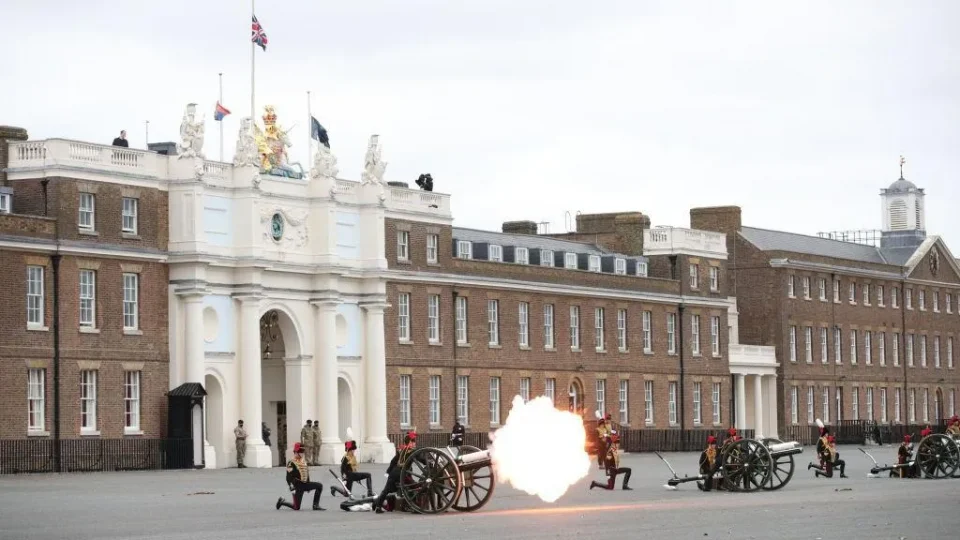The decision to close Woolwich Barracks after nearly 250 years of military service presents a chance to introduce new housing options to the region, according to the local council.
Residents have until 17 March to participate in Greenwich Council’s consultation, which aims to gauge community sentiments regarding upcoming developments at the barracks.
According to the Ministry of Defence, the Woolwich Barracks site is no longer needed for military purposes.
When it becomes available in 2028, portions of the expansive 250-acre site may be transformed into residential developments.
The army will continue to have a presence in Woolwich, with the King’s Troops remaining stationed at Napier Lines.
The Royal Borough of Greenwich expressed its commitment to ensuring that any redevelopment of the area is conducted sustainably, preserving the valuable heritage structures located on the site.
The council emphasized that the redevelopment plans should enhance the unique character and historical significance of the site while improving connections with the surrounding community.
The Army has been established at this location since the early 1700s, forming part of a wider military establishment in and around Woolwich.
Although parts of the area are currently utilized for military purposes, significant portions are designated as Metropolitan Open Land, which is protected.
The site is located east of the A205 and bordered by Wellington Street and Artillery Place to the north.
To the west, one can find the Queen Elizabeth Hospital, Charlton Cemetery, and Charlton Park.
Anthony Okereke, the leader of Greenwich Council, highlighted the borough’s “unique military heritage that we take great pride in.”
He remarked, “While we would prefer the Woolwich Barracks to continue serving as a military installation, we recognize the Ministry of Defence’s decision to sell the site.
“We aim to ensure that any future development honors the unique attributes that define our borough, as well as the importance of heritage sites like Woolwich Barracks in fostering a sense of identity within our communities.”
The council’s development guidelines state that, regarding density, “projects should be compact and capitalize on already developed land, repurposing the existing protected historic buildings.”
It further notes that proposed developments should be thoughtfully designed to respect both the delicate character of the area and the existing open spaces and heritage assets.
Consequently, the northern portion of the site is likely to be the most appropriate for higher-density development, given its previous use and proximity to the town center.


